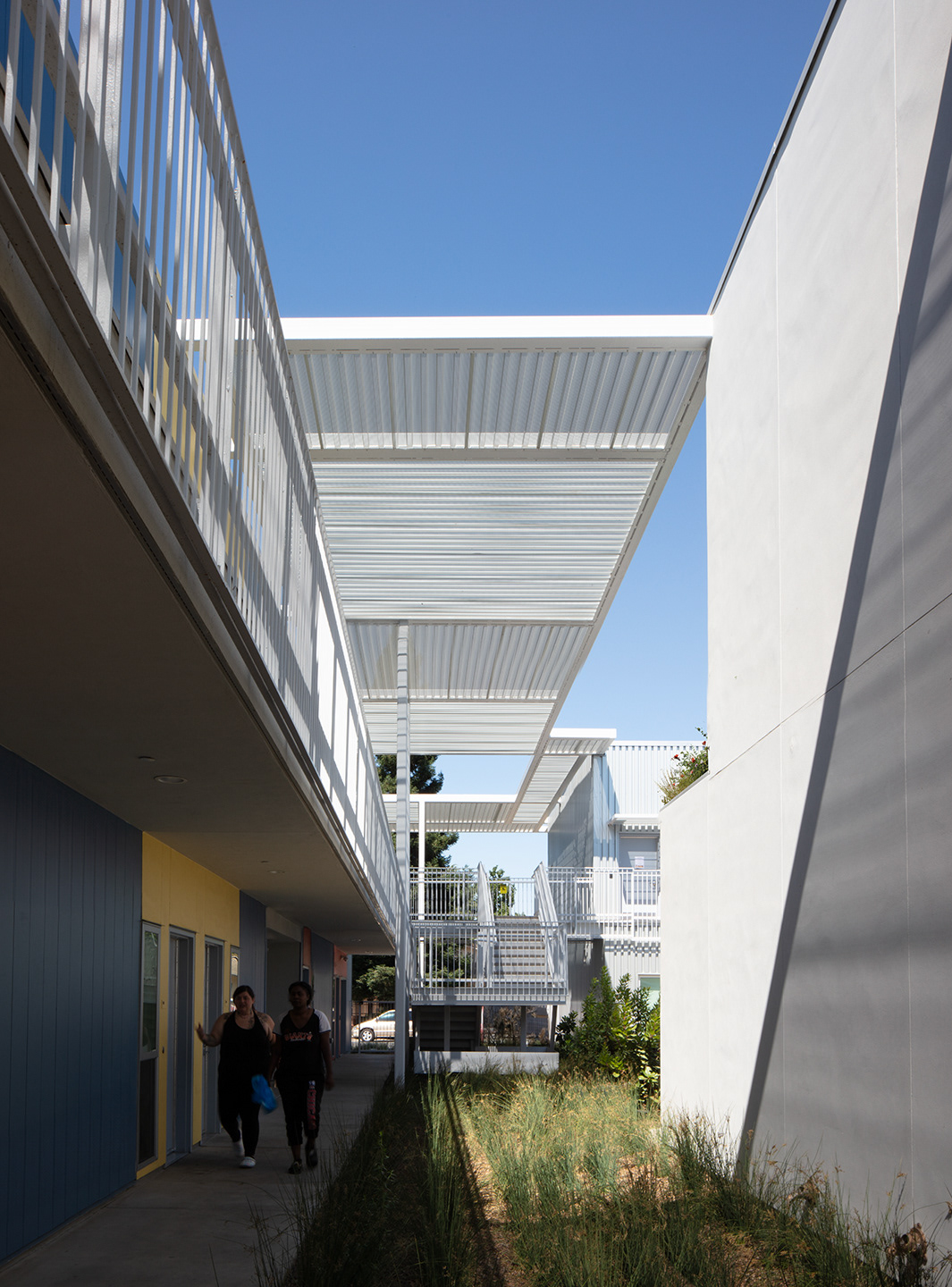Brooks + Scarpa Northview Apartments Sacramento, CA
Brooks + Scarpa Northview Apartments Sacramento, CA
Brooks + Scarpa Northview Apartments Sacramento, CA
Brooks + Scarpa Northview Apartments Sacramento, CA
Brooks + Scarpa Northview Apartments Sacramento, CA
Brooks + Scarpa Northview Apartments Sacramento, CA
Brooks + Scarpa Northview Apartments Sacramento, CA
Brooks + Scarpa Northview Apartments Sacramento, CA
Brooks + Scarpa Northview Apartments Sacramento, CA
Brooks + Scarpa Northview Apartments Sacramento, CA
Brooks + Scarpa Northview Apartments Sacramento, CA




Brooks + Scarpa Northview Apartments Sacramento, CA
Brooks + Scarpa Northview Apartments Sacramento, CA
Brooks + Scarpa Northview Apartments Sacramento, CA
Brooks + Scarpa Northview Apartments Sacramento, CA
Northview Apartments Sacramento, CA
Northview Apartments Sacramento, CA
Northview Apartments Sacramento, CA
Northview Apartments Sacramento, CA
Northview Apartments Sacramento, CA
Northview Apartments Sacramento, CA
Northview Apartments Sacramento, CA
Northview Apartments Sacramento, CA
Brooks + Scarpa Northview Apartments Sacramento, CA
Brooks + Scarpa Northview Apartments Sacramento, CA

